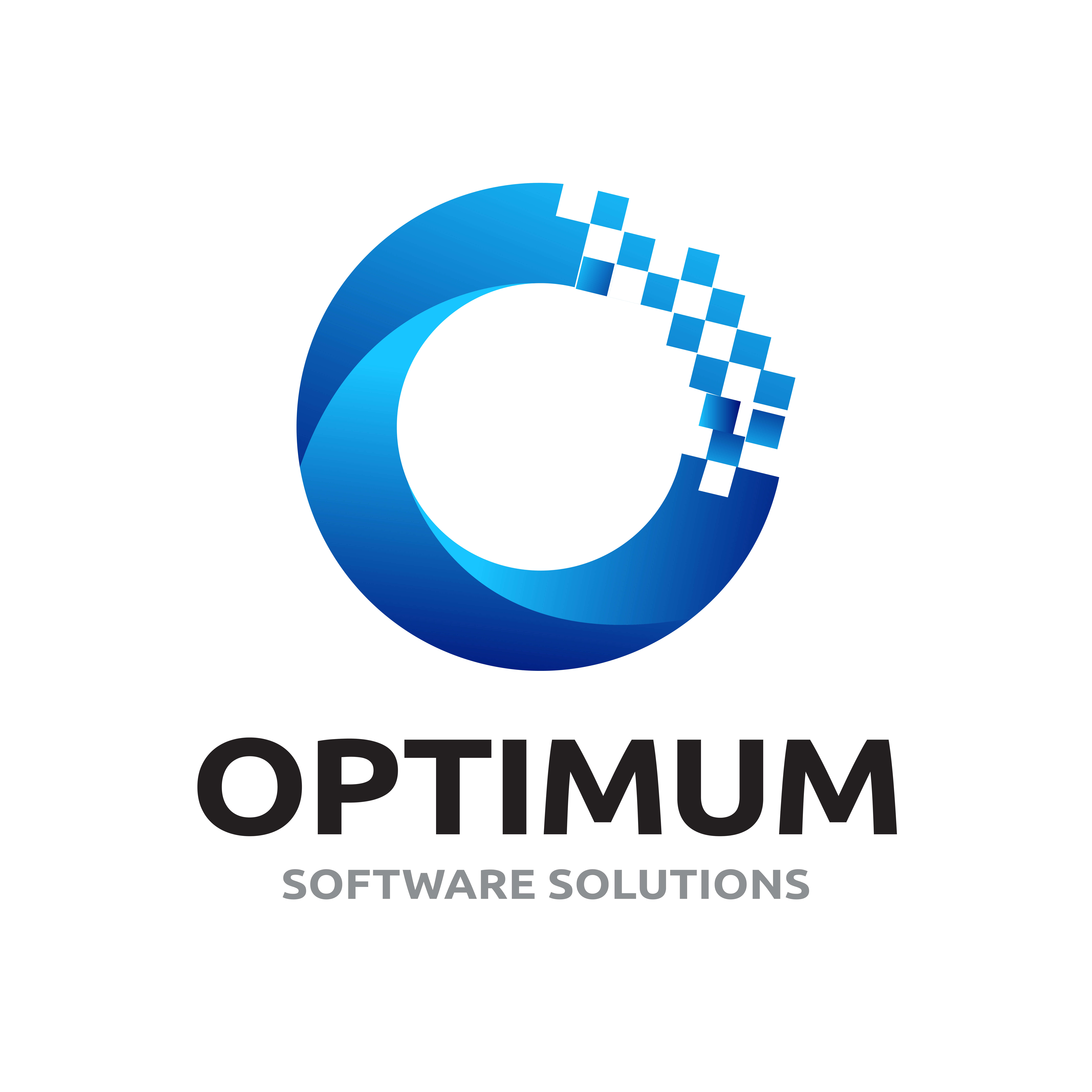Implementing new software can be a game-changer for your business, but without proper planning, it can also lead to unnecessary challenges. Here’s a step-by-step guide to ensure a smooth and successful software implementation process:

1. Define Clear Goals and Requirements
Before selecting or implementing software, clearly define what your business needs. Ask yourself:
- What problems are you solving with the software?
- What features are must-haves?
By setting clear objectives, you’ll ensure the software aligns with your goals and does not add unnecessary complexity.
2. Choose the Right Solution
Not all software is created equal, so evaluate your options carefully:
- Look for a scalable solution that can grow with your business.
- Prioritize user-friendly interfaces for easy adoption.
- Consider integration capabilities with your existing tools.
3. Involve Your Team Early
Your team will be the end-users, so involve them from the start. This includes:
- Gathering feedback during the selection process.
- Identifying potential concerns or challenges.
- Assigning a project champion to lead the implementation effort.
4. Create a Detailed Implementation Plan
A solid plan ensures everyone is on the same page. Include:
- A timeline with milestones and deadlines.
- Budget allocations for licenses, training, and support.
- Roles and responsibilities for team members and stakeholders.
5. Prioritize Training and Support
Software is only as effective as its users. Invest in training sessions to:
- Familiarize staff with the software's functionalities.
- Address potential questions or confusion.
- Provide ongoing support to ensure confidence in usage.
6. Test the Software Thoroughly
Before full-scale deployment, test the software in a controlled environment:
- Run pilot programs with a small group of users.
- Identify bugs or areas for improvement.
- Use feedback to fine-tune the software and ensure it’s ready for a wider rollout.
7. Communicate Throughout the Process
Transparent communication keeps everyone aligned. Regular updates should cover:
- Progress on implementation milestones.
- Adjustments to the timeline or goals.
- Key benefits and successes as the software is integrated.
8. Monitor and Optimize Post-Launch
Once the software is live, the work isn’t over:
- Gather user feedback to identify pain points or needed adjustments.
- Regularly review performance metrics to measure ROI.
- Stay updated on software upgrades to maintain efficiency.
A seamless software implementation requires a combination of planning, communication, and continuous improvement. By following these steps, you’ll not only ensure a smooth transition but also set your business up for long-term success with the new tool.









